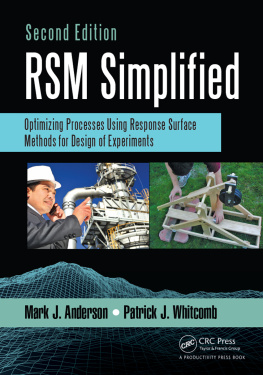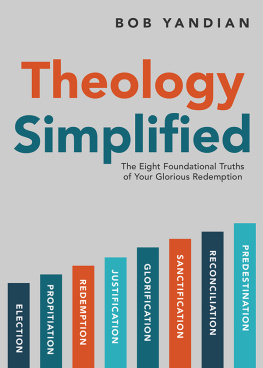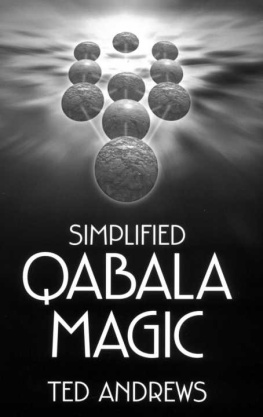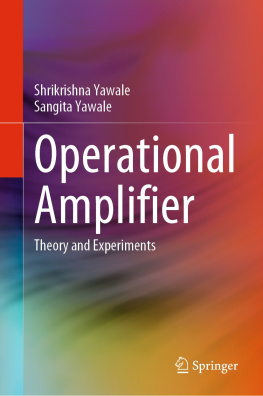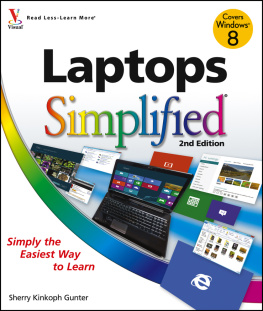CONTENTS
Page List
Guide

Second Edition
RSM Simplified
Optimizing Processes Using Response Surface Methods for Design of Experiments
Second Edition
RSM Simplified
Optimizing Processes Using Response Surface Methods for Design of Experiments
Mark J. Anderson Patrick J. Whitcomb

CRC Press
Taylor & Francis Group
6000 Broken Sound Parkway NW, Suite 300
Boca Raton, FL 33487-2742
2017 by Taylor & Francis Group, LLC
CRC Press is an imprint of Taylor & Francis Group, an Informa business
No claim to original U.S. Government works
Printed on acid-free paper
Version Date: 20160218
International Standard Book Number-13: 978-1-4987-4598-7 (Paperback)
This book contains information obtained from authentic and highly regarded sources. Reasonable efforts have been made to publish reliable data and information, but the author and publisher cannot assume responsibility for the validity of all materials or the consequences of their use. The authors and publishers have attempted to trace the copyright holders of all material reproduced in this publication and apologize to copyright holders if permission to publish in this form has not been obtained. If any copyright material has not been acknowledged please write and let us know so we may rectify in any future reprint.
Except as permitted under U.S. Copyright Law, no part of this book may be reprinted, reproduced, transmitted, or utilized in any form by any electronic, mechanical, or other means, now known or hereafter invented, including photocopying, microfilming, and recording, or in any information storage or retrieval system, without written permission from the publishers.
For permission to photocopy or use material electronically from this work, please access www.copyright.com (http://www.copyright.com/) or contact the Copyright Clearance Center, Inc. (CCC), 222 Rosewood Drive, Danvers, MA 01923, 978-750-8400. CCC is a not-for-profit organization that provides licenses and registration for a variety of users. For organizations that have been granted a photocopy license by the CCC, a separate system of payment has been arranged.
Trademark Notice: Product or corporate names may be trademarks or registered trademarks, and are used only for identification and explanation without intent to infringe.
Library of Congress Cataloging-in-Publication Data
Names: Anderson, Mark J., 1953- | Whitcomb, Patrick J., 1950
Title: RSM simplified : optimizing processes using response surface methods for design of experiments / Mark J. Anderson and Patrick J. Whitcomb.
Other titles: Response surface methods simplified
Description: Second edition. | Boca Raton : Taylor & Francis, 2016. | A CRC title. | Includes bibliographical references and index.
Identifiers: LCCN 2016003390 | ISBN 9781498745987 (alk. paper)
Subjects: LCSH: Experimental design. | Response surfaces (Statistics)
Classification: LCC QA279 .A52875 2016 | DDC 519.5/7--dc23
LC record available at http://lccn.loc.gov/2016003390
Visit the Taylor & Francis Web site at
http://www.taylorandfrancis.com
and the CRC Press Web site at
http://www.crcpress.com
Contents
Prediction is very hard, especially when it is about the future.
Yogi Berra
This book is a natural progression from our first book, DOE Simplified: Practical Tools for Effective Experimentation, originally published in 2000 and now in its third edition (2015). By concentrating on simple comparative and two-level factorial designs, DOE Simplified provides a topical overview of design of experiments (DOE). Although these relatively simple statistical tools for breakthrough may require just 20% of the overall experimental efforts, they likely provide 80% of the gain. From this you can infer that response surface methods (RSM)the subject of this bookrequire the remaining 80% of effort but net only the final 20% of gain. This may not seem worthwhile, but in competitive situations in dog-eat-dog high-tech areas, a 20% edge makes all the difference for success versus failure.
RSM are a paradox in that although the graphical renderings in 3D are readily grasped by most people, even highly trained technical professionals find it daunting to get a complete understanding of the underlying principles of experimental design and mathematical modeling theyre based on. However, the return on investment for education on RSM can be enormous, particularly for seemingly impossible missions to meet multiple response specifications on systems affected by a number of key factors.
Delivering RSM in simplified fashion presents a mighty challengeon par with the slogan Statistics Made Easy that we try to live up to at Stat-Ease, Inc. Its a very fine line that Pat and I must walk between oversimplification and unnecessary detail. We make a good team in this regard in that I, with my education and experience being more on the business side, tend to gloss over the details and jump to the bottom line, while Pat happily dives into details on mathematics and statistics. When the two of us hang together, we form a stable balance as we tread this tightropeat least we hope so: You, the reader, must be the judge.
Obviously our publisher would never have agreed to us writing about something as technical as RSM if the approach we used for DOE Simplified had not proved so successful. According to the principles of statistical process control (SPC), one should never tamper with success, so we will carry forward our templateshort bursts of explanatory text and essential formulas, interspersed with sidebars offering amusements and statistical trivia.
Pat requested that we make RSM Simplified more academic, which I naturally resisted. However, I quickly realized that with such an advanced topic, it would be wrong to withhold all the academic details. In RSM Simplified you will see that some of the sidebars plus the appendices at the end of the chapters offer weightier mathematical material. These might be big boulders for nonstatistical types attempting to plow through the book, so weve taken them off the main track. If youre like me, you wont sweat these details, but those of you who, like Pat, thrive on math, will want to pore over every equation and perhaps work them out for yourselves. Knock yourself out! Along these lines, another departure from the format of DOE Simplified will be more liberal referencing to documents offering greater detail on technical material. Again, we hope to serve both types of readers, the experimenters who lack formal statistical education and the statisticians who must advise experimenters.
As we stated at the outset, RSM Simplified rests on the foundation we built with its predecessorDOE Simplified. Therefore, to minimize redundancy, we must assume that you have achieved proficiency in the basics of design and analysis of experiments. In other words, DOE Simplified or its equivalent is a prerequisite for RSM Simplified. You will see numerous cross-references to DOE Simplified throughout this book in lieu of a rehash of material weve previously detailed.
A big factor in the success of DOE Simplified was its hands-on approach facilitated by inclusion of software tailored to the techniques taught in the book. It would be inconceivable in the twenty-first century to pursue RSM without the use of computers. Weve made this very easy by providing as a companion to the book an advanced program with all the necessary tools to do RSM. Practice problems are provided at the end of each chapter, with directions on how to make use of the computational tools. If youre serious about gaining a working knowledge of RSM, we urge you to download the software, which is a fully functional, but time-limited educational version of a commercially available package. You will find details on how to do this in the About the Software page at the end of the book. There you are provided a path to a website offering the software download, plus files associated with the book. Throughout the book you will be directed to software tutorials that facilitate completion of practice problems. Even if you ultimately make use of different statistical software, you will round out your education on RSM by working through all the suggested tutorials. Also, try reproducing other cases cited in the text by opening and analyzing data files provided at the books website. There you will also find solutions to problems not already detailed via software tutorials. A final heads-up: Check out the on-line help incorporated with the softwareit offers a wealth of knowledge, not just about program features, but about the statistics themselves.

